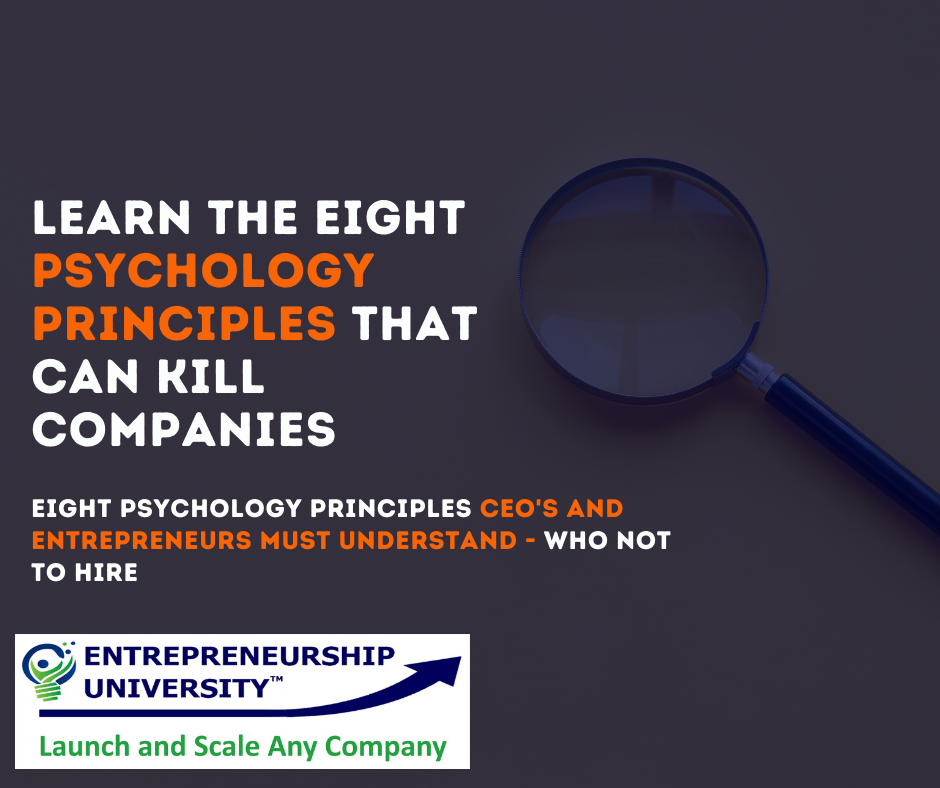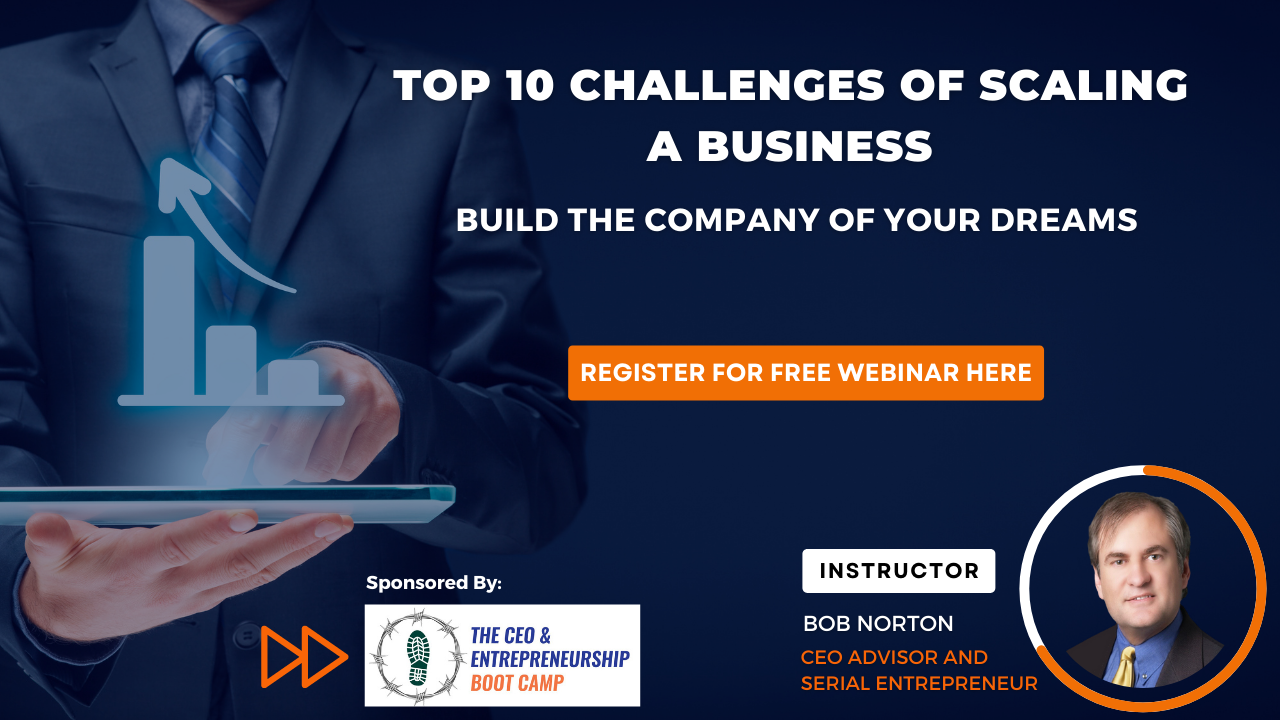What Happens when a Doctor Run Company Becomes More Professionally Managed?

|
BEFORE |
After 3 Years |
|
|
|
|
ROI: Increase of $40 million in enterprise value for an investment of about $100,000 in OD and MD programs. All paid for from internally generated cash without any outside financing. |
|

To learn more, click here
What was Done Over Fourteen Months?
This engagement lasted about fourteen months at the maximum speed the organization could handle it without disrupting the business. The management team members dedicated two to three hours per week to the program. This time was gained back to increase productivity and reduced firefighting within ninety days. After that time only occasional work was needed with new employees taking the video training as they came into the company.
- Management Development (MD = Management training) program including all managers and corporate headquarters and each location via video on-demand learning system.
- Organizational Development (OD) program run for 14 months to install the management systems needed. Think of the OD as the skeleton of the company’s “body” and each department as an organ of the body. These systems were installed:
- Installation of Management By Objective (MBO) Goal setting system
- Installation of corporate and department dashboards with Key Performance Indicators (KPIs) for the company as a whole and for each area of the business.
- Development of a strategic plan which resulted in a change in financial strategy to reinvest profits in growth, and also save millions in taxes for the Owner. So the government effectively paid 50% of the growth investment made, creating a compounded return of over $40 million in three years in increase equity value plus a profit stream that was six times bigger.
| Phase I – Month #1 to month #12 |
Implement Management Development (MD) Program to Upgrade Existing Team’s Capabilities and leverage internal people
|
The entire management team was trained in management best practices using a “Flipped classroom” model where they consume the video at their own pace and meet weekly to review the material and do Q & A. The team discusses implementing what they learned that week and looks for a way to test or implement it in the following week. This program has hundreds of proven best practices of management and leadership embedded.
Phase II – Months 2 to 5 - Implement Management Cadence, Goal Setting (MBO)
Starting in the first month, a Management By Objective (MBO) system was set up with training and coaching for all managers. This system invented by Peter Drucker, The Father of Management, is shown by independent research to increase value creation in business 56%. As a result, all the following improve dramatically over 90 days and three monthly cycles of practice:
- Team communications improve dramatically
- Planning and budgeting improve with a monthly to three-month check-in and update
- More reasonable goals are set so that there is a balance between managers and CEO’s expectations and more realistic and achievable plans
- Synergizing the team to gel as one and work together more closely
- Collaboration results in each team member helping the others
- The team is aligned to the Strategic Plan and long-term goals of the corporation
| Phase III – Month 4-6 |
Implement Corporate and Departmental Dashboards to have Key Performance Indicators (KPIs), or Metrics for each Department
|
A Corporate dashboard was designed by AirTight Management (this is art, not science) and the team took between one hour and four hours of video courses on dashboards depending on their level in the company. Individual contributors take 1-hour, Managers 2-hours and Executive level people 3-Hours of training total with some group coaching and Q & A.
Once the Corporate Dashboard was running smoothly, and the team knew how they worked and made life easier for everyone, a Department Dashboard was designed and implemented for each department (or Division in a larger company). This had the immediate impact of:
- Focus on what mattered
- Visibility of real productivity and a culture of constant improvement (Kaizen)
- Total transparency across the organization on how each department was doing, and how others might help them if they were struggling to create a culture of “We as a team” not politics for personal gain
- Each manager had more time leverage and knew what to work on each month because they were able to use Management By Exception (MBE), a sort of autopilot for managers.
- The culture and team, right down to each individual contributor, felt they knew what was expected of them and how they supported the annual and quarterly corporate goals
- Each monthly senior staff meeting was efficient and effective, knowing exactly what to put management resources into, and what was running perfectly by itself.
- The managers felt empowered and trusted, and as a result ran their area like a business they owned, with pride on the accomplishments and proof of their successes.
Phase IV Months 4 to 9 - Improve Technology For Competitive Advantage
When beginning the engagement, the web site and technology department was run by a very junior programmer. Someone with good technical experience by no management or even high level design and architecture experience. Essentially a bus driver running the national Greyhound bus company. Right person, in the wrong seat on the bus, as Jim Collins describes it in the classic text Good To Great.
Most CEOs without deep technical expertise cannot tell a Programmer from a Software Engineer, from an Architect, or a Director of Software Development from a Chief Technical Officer (CTO). All of these are vastly different in experience and focus. Like the difference between a CFO, Controller, Accountant and Bookkeeper. Each requiring three to five year more experience to achieve in the Carr ladder.
Every business has the opportunity to use newer technology to create competitive advantage. Technology can create more speed, save costs and even do things competitors cannot to create sustainable competitive advantage via trade secrets, patents or proprietary processes.
Ongoing Maintenance with Quarterly Strategic Planning and Management Sessions
|
Although this is an individual case study, the fact is that almost all small businesses need to do exactly these same things.
It does not matter what industry, because people are people and management and leadership are the same in every industry. So is psychology and communications. |
Notes:
All clients are confidential. The same results cannot be guaranteed for everyone, though it is always our objective to set up clients to grow at 50% to 100% per year and create a defensible market position to sustain this revenue and profit growth long-term.
Unfortuan Home tab. Most controls offer a choice of using the look from the current theme or using a format that you specify directly.
To change the overall look of your document, choose new theme elements on the Page Layout tab. To change the looks available in the Quick Style gallery, use the Change Current Quick Style Set command. Both the Themes gallery and the Quick Styles gallery provide reset commands so that you can always restore the look of your document to the original contained in your current template.
Join Live Webinar on 12th April 2022
Bob Norton is a long-time Serial Entrepreneur and CEO with four exits that returned over $1 billion to investors. He has trained, coached and advised over 1,000 CEOs since 2002. And is Founder of The CEO Boot Camp™ and Entrepreneurship University™. Mr. Norton works with companies to triple their chances of success in launching new companies and products. And helps established companies scale faster using the six AirTight Management™ systems. And helps companies successfully raise capital.
Call (619) SCALE06 or email [email protected] for a complementary strategic consultation.


